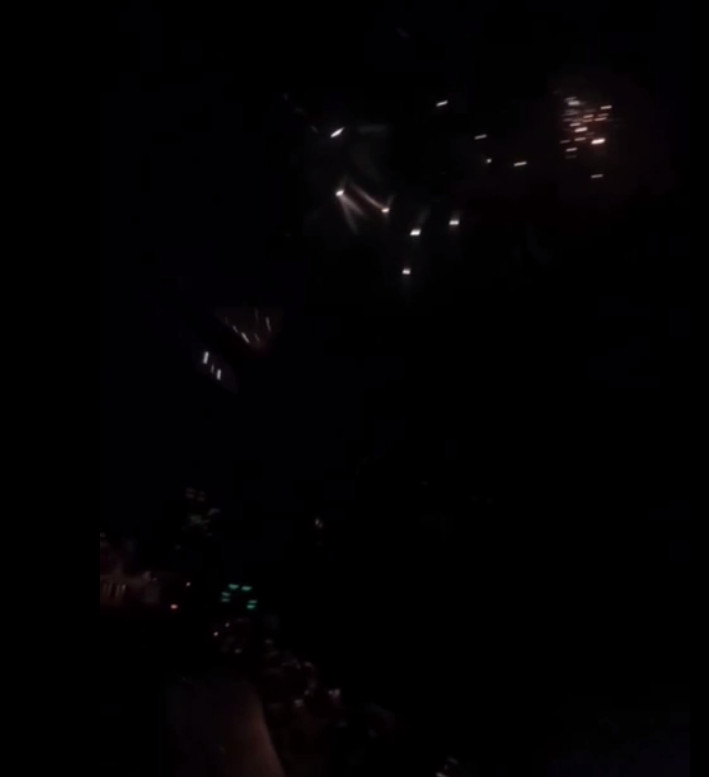Ukrainian MiG-29 shot down two Shahed-136 drones during a night hunt
8 September, 2024 Shahed 136 loitering munition. Illustration While fighting off a nighttime attack by Shahed-136 drones, a Ukrainian MiG-29 pilot shot down two Russian UAVs with air-to-air missiles.
A pilot with the call sign DeNf?X published the video on Instagram. The video captured two successive launches of air-to-air guided missiles that hit Russian Shahed-136 kamikaze drones. The air battle took place at night, further complicating such targets' interception.
The video shows that the missile captures the target at a relatively short distance of several kilometers. This makes such an interception, especially at night, extremely dangerous and requires skill from the pilot because there is a danger of getting into the cloud of debris that forms after the target is shot down.
 A MiG-29 flies past a cloud of wreckage that formed after the downing of a Shahed-136, frame from a DeNf?X video
A MiG-29 flies past a cloud of wreckage that formed after the downing of a Shahed-136, frame from a DeNf?X video
Hitting a aircraft with debris at this speed would, at best, require repairs and, at worst, lead to a catastrophe.
Change in tactics of Russian Shahed-136 drones
In response to the enemy's use of Shahed-136 kamikaze drones at low altitudes, where they were supposed to avoid detection by radar and destruction by anti-aircraft missile systems, Ukraine deployed a large number of mobile AA fire teams.
These mobile AA fire teams, armed with short-range anti-aircraft missile systems, AA guns, man-portable air-defense systems, and heavy machine guns, can effectively counter Russian drones at low altitudes. It was reported that they intercepted almost half of all drones in their area of responsibility. In response, the drones began to use higher altitudes on the marching sections of the trajectory, where they are almost impossible to reach with machine guns or small-caliber air defense systems.
In turn, this has allowed the Ukrainian Defense Forces to use air power to intercept more effectively, as they are now easier to detect and have more room to maneuver. This also made it possible to use not only fighter aircraft but also army helicopters, such as Mi-24 and Mi-8, to destroy the Shahed-136 drones.
As previously reported, tactical aviation is also actively used to strike enemy targets in the Kursk region.